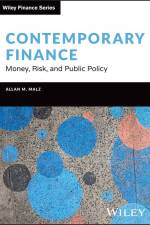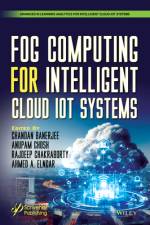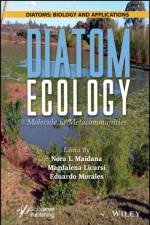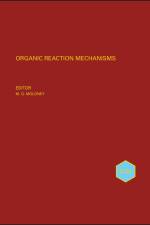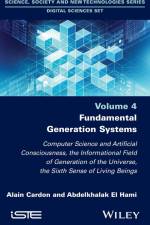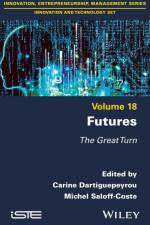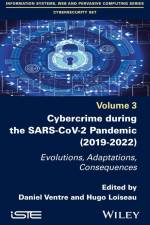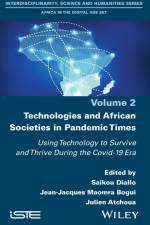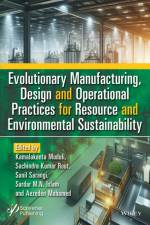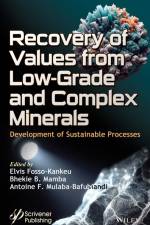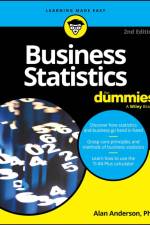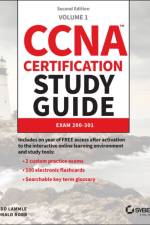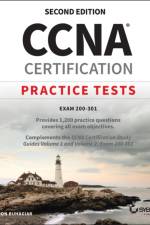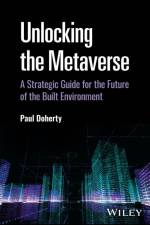av Chandan Banerjee
2 215,-
This book is a comprehensive guide on fog computing and how it facilitates computing, storage, and networking services Fog computing is a decentralized computing structure that connects data, devices, and the cloud. It is an extension of cloud computing and is an essential concept in IoT (Internet of Things), as it reduces the burden of processing in cloud computing. It brings intelligence and processing closer to where the data is created and transmitted to other sources. Fog computing has many benefits, such as reduced latency in processing data, better response time that helps the user's experience, and security and privacy compliance that assures protecting the vital data in the cloud. It also reduces the cost of bandwidth, because the processing is achieved in the cloud, which reduces network bandwidth usage and increases efficiency as user devices share data in the local processing infrastructure rather than the cloud service. Fog computing has various applications across industries, such as agriculture and farming, the healthcare industry, smart cities, education, and entertainment. For example, in the agriculture industry, a very prominent example is the SWAMP project, which stands for Smart Water Management Platform. With fog computing's help, SWAMP develops a precision-based smart irrigation system concept used in agriculture, minimizing water wastage. This book is divided into three sections. The first section studies fog computing and machine learning, covering fog computing architecture, application perspective, computational offloading in mobile cloud computing, intelligent Cloud-IoT systems, machine learning fundamentals, and data visualization. The second section focuses on applications and analytics, spanning various applications of fog computing, such as in healthcare, Industry 4.0, cancer cell detection systems, smart farming, and precision farming. This section also covers analytics in fog computing using big data and patient monitoring systems, and the emergence of fog computing concerning applications and potentialities in traditional and digital educational systems. Security aspects in fog computing through blockchain and IoT, and fine-grained access through attribute-based encryption for fog computing are also covered. Audience The book will be read by researchers and engineers in computer science, information technology, electronics, and communication specializing in machine learning, deep learning, the cyber world, IoT, and security systems.

